How to grow tomatoes is a question many new gardeners ask and the good news is, it’s easier than you might think. This simple guide will walk you through everything you need to grow juicy, healthy tomatoes from start to harvest.
Table of Contents
1. Choose the Right Tomato Variety
- There are two main types of tomato plants: determinate and indeterminate.
- Determinate (bushy): These grow to a set height and produce fruit all at once.
- Indeterminate (vining): These grow continuously and produce tomatoes throughout the season.
- If you’re a beginner, start with easy-to-grow varieties like Roma, Cherry, or Celebrity.
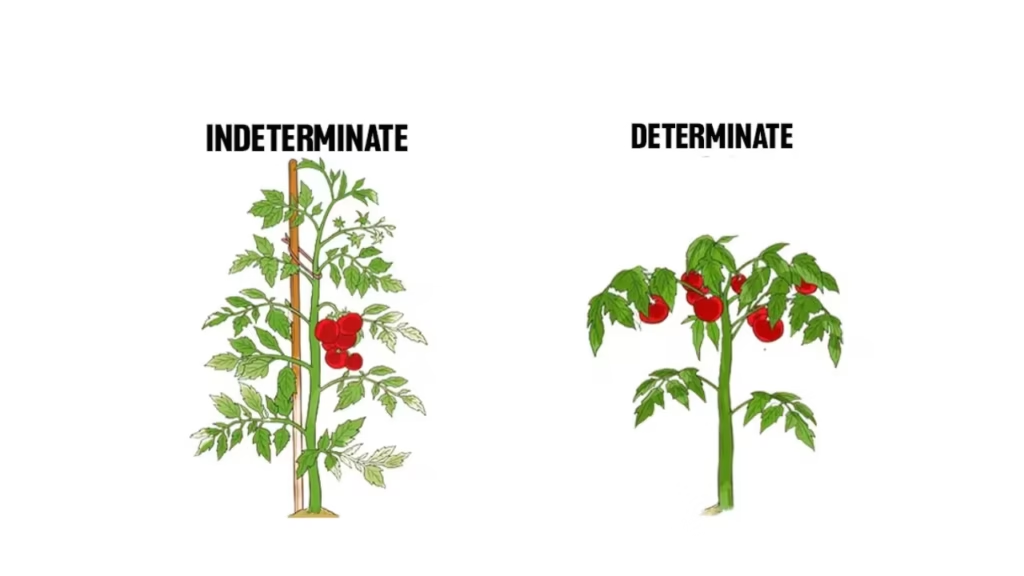
2. Pick the Perfect Spot
- Tomatoes prosper in sunlight, making it vital to select an appropriate location for your plants to ensure a successful harvest.
- Identify an area in your garden, yard, or balcony that receives a minimum of 6 to 8 hours of direct sunlight each day the more sunlight, the better.
- If your soil is heavy clay or excessively sandy, consider employing raised beds or large containers (at least 12–18 inches deep) filled with high-quality potting mix.
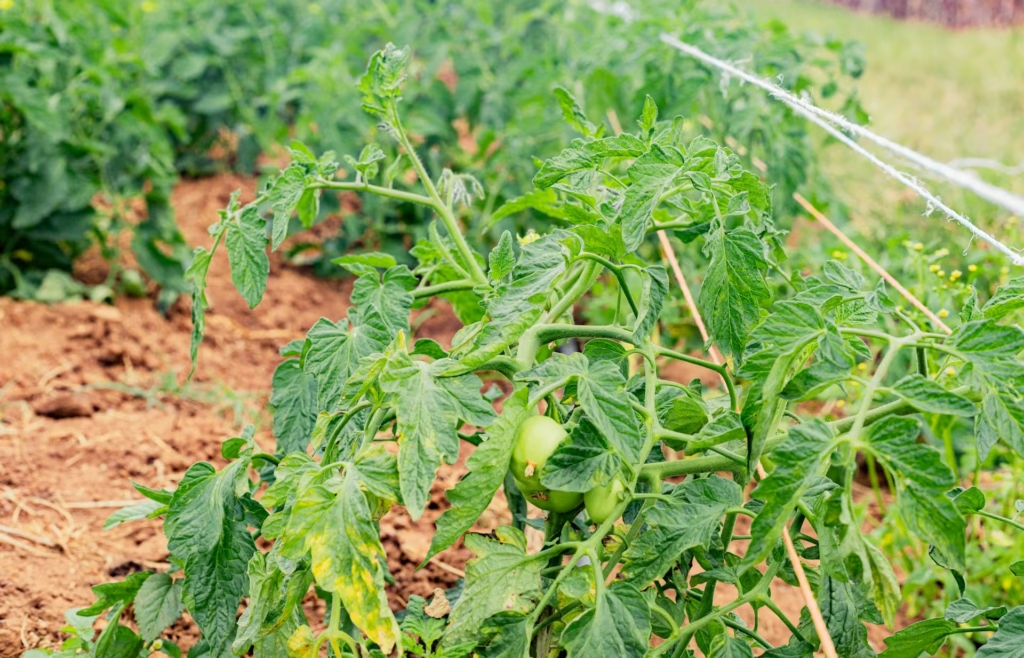
3. How to Plant Tomatoes
- Once you have chosen your tomato variety and found the perfect sunny spot, it is time to start planting.
- When planting, bury the seedling deeply, covering about two-thirds of the stem, including the lower leaves; this may seem odd, but tomatoes can form roots along their buried stems, which helps create a stronger and more resilient plant.
- Ensure there is adequate spacing between your plants for proper airflow and healthy growth: 18–24 inches apart for determinate (bush) types and 24–36 inches apart for indeterminate (vining) types.
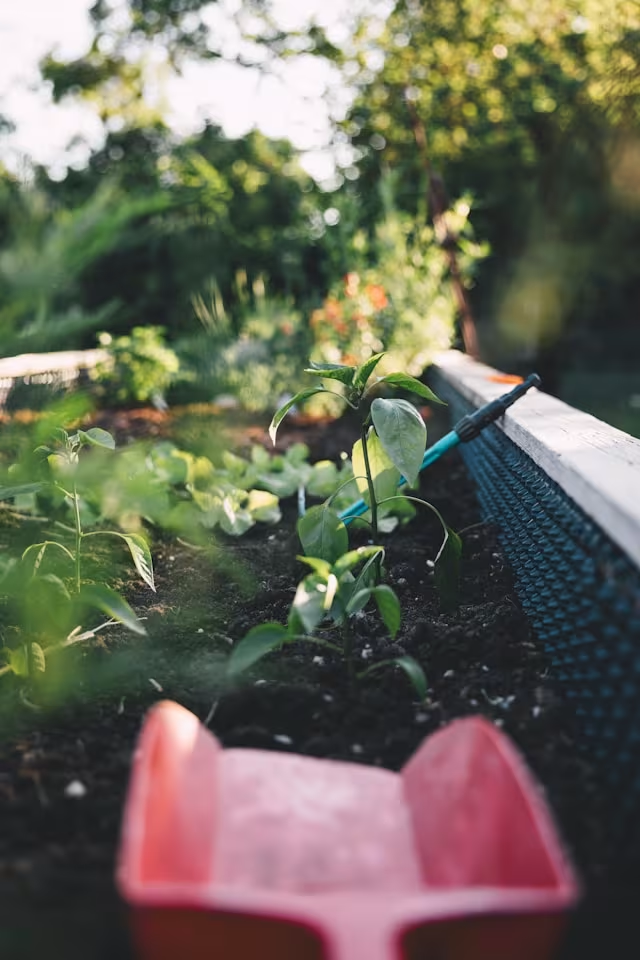
4. Watering & Fertilizing
- The key factor is to ensure thorough and regular watering, keeping the soil evenly moist without becoming waterlogged.
- As the plant matures and starts to flower, transition to a fertilizer with lower nitrogen and higher phosphorus and potassium levels (for example, a 5-10-10 or 4-6-8 formulation).
- Exercise caution to avoid over-fertilization, as an excess of nitrogen can result in large, leafy plants that produce few tomatoes.
- Always direct water at the base of the plant rather than on the leaves to minimize the risk of fungal diseases.
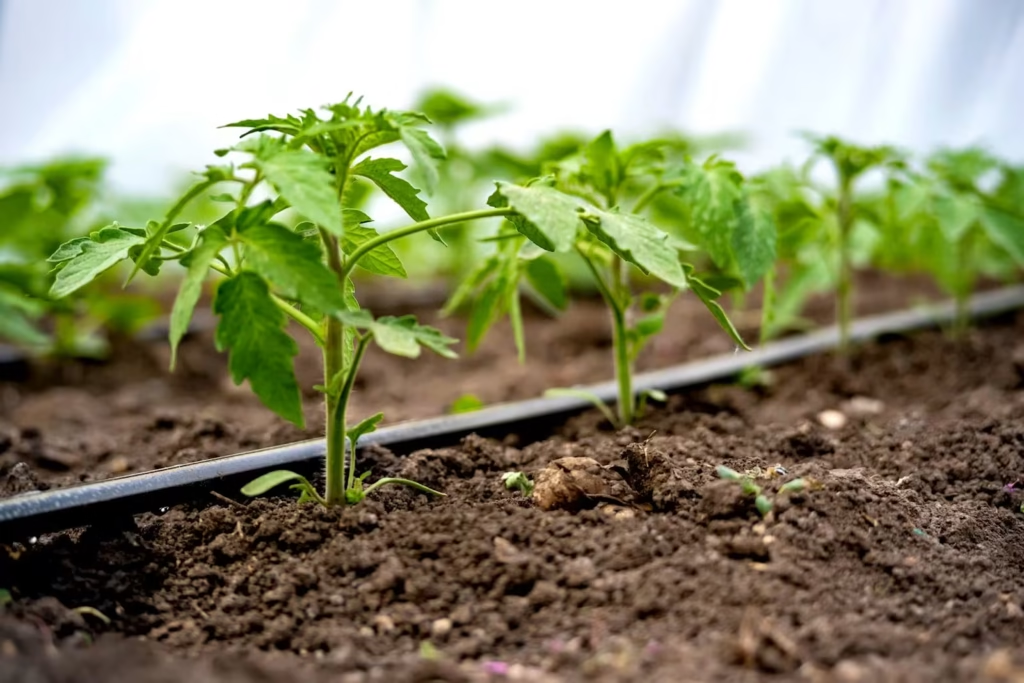
5. Support & Pruning
- To nurture healthy and productive tomato plants particularly indeterminate varieties, proper support and regular pruning are imperative.
- Tomato cages are simple to use and well-suited for determinate (bush) types, while tall stakes or trellises are more effective for indeterminate (vining) tomatoes, which keep growing throughout the season.
- When staking, it is important to gently tie the main stem to the support as the plant develops, using soft materials like garden twine or cloth strips.
- In addition to support, pruning is necessary to direct the plant’s energy into fruit production rather than excessive foliage.
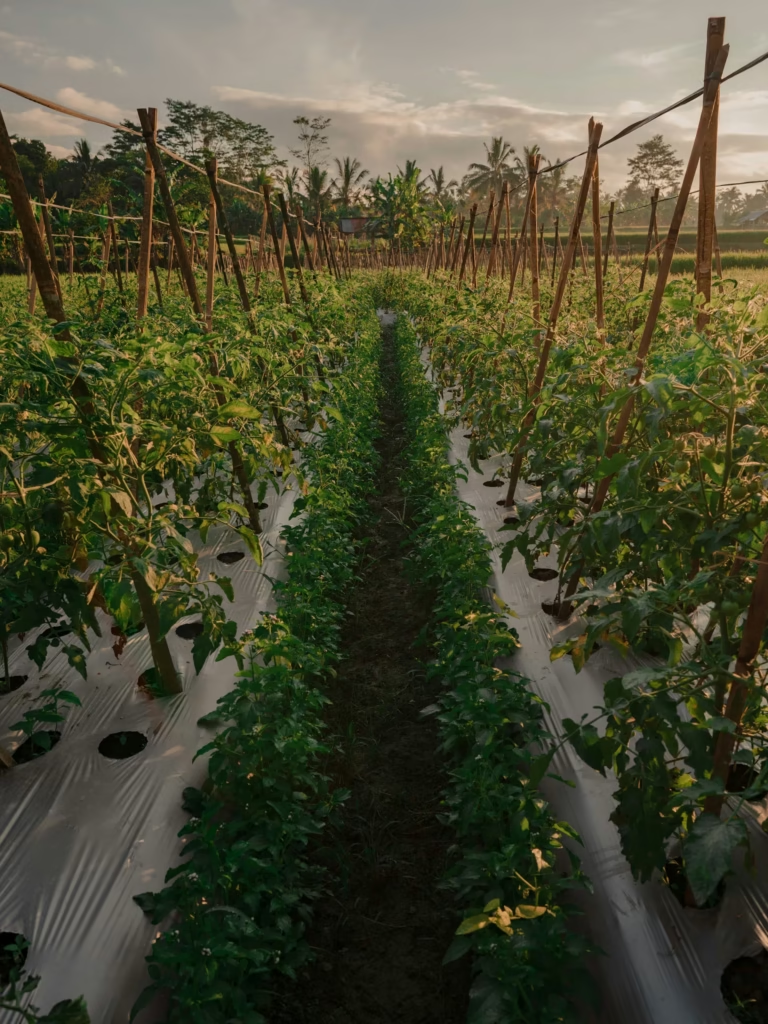
6. Watch Out for Pests and Diseases
- Tomato plants are susceptible to numerous pests and diseases, making proactive management crucial for a thriving crop.
- Common pests that affect tomatoes include aphids, whiteflies, spider mites, and tomato hornworms, all of which can harm leaves and hinder growth.
- It is important to regularly check the undersides of leaves and utilize insecticidal soap, neem oil, or manual removal for pest control.
- Companion planting with basil, marigolds, or nasturtiums can effectively deter pests in a natural manner.
- Regarding diseases, tomatoes are at risk for fungal problems such as early blight, late blight, and powdery mildew, in addition to bacterial wilt and viral infections.
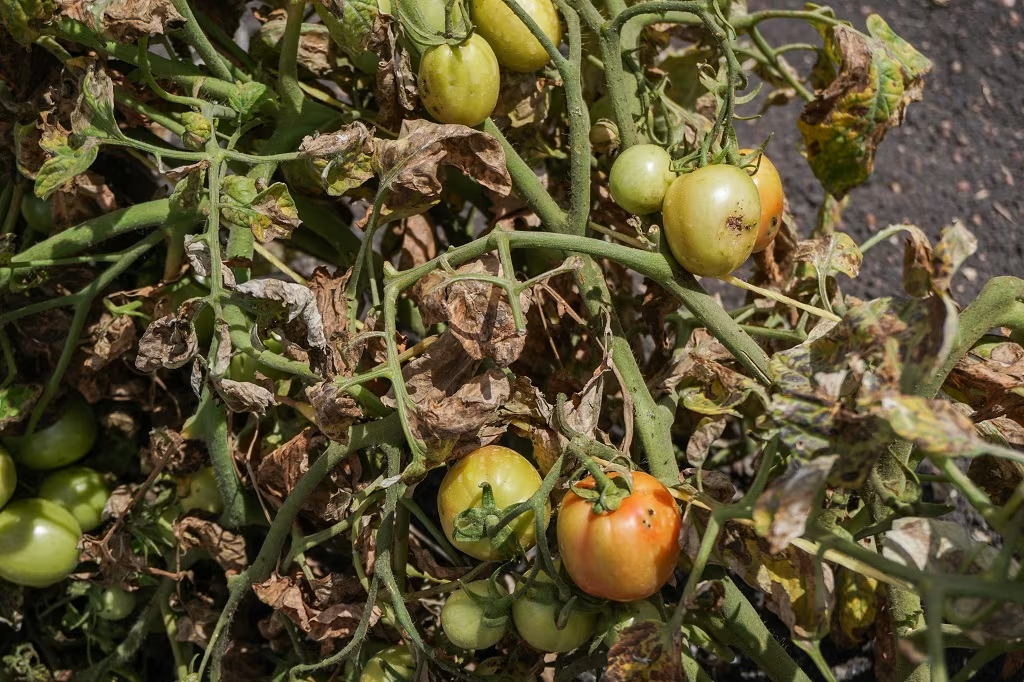
7. When and How to Harvest Tomatoes
- Tomatoes are ready for harvest when they achieve their full colour be it red, yellow, orange, pink, or even purple based on the specific variety.
- The fruit should have a slightly firm texture but yield gently under pressure, and it should detach easily from the vine with a gentle twist or a cut using garden scissors.
- To ensure optimal flavour, it is best to allow tomatoes to ripen completely on the vine; however, if frost or pests pose a risk, you may harvest them as they start to change colour and let them ripen indoors on a windowsill.
- It is advisable to avoid refrigerating freshly harvested tomatoes, as cold temperatures can diminish their flavour and texture.
- During the peak harvest season, check your plants daily, as ripe tomatoes can spoil rapidly in hot weather. Regular harvesting also promotes increased fruit production.
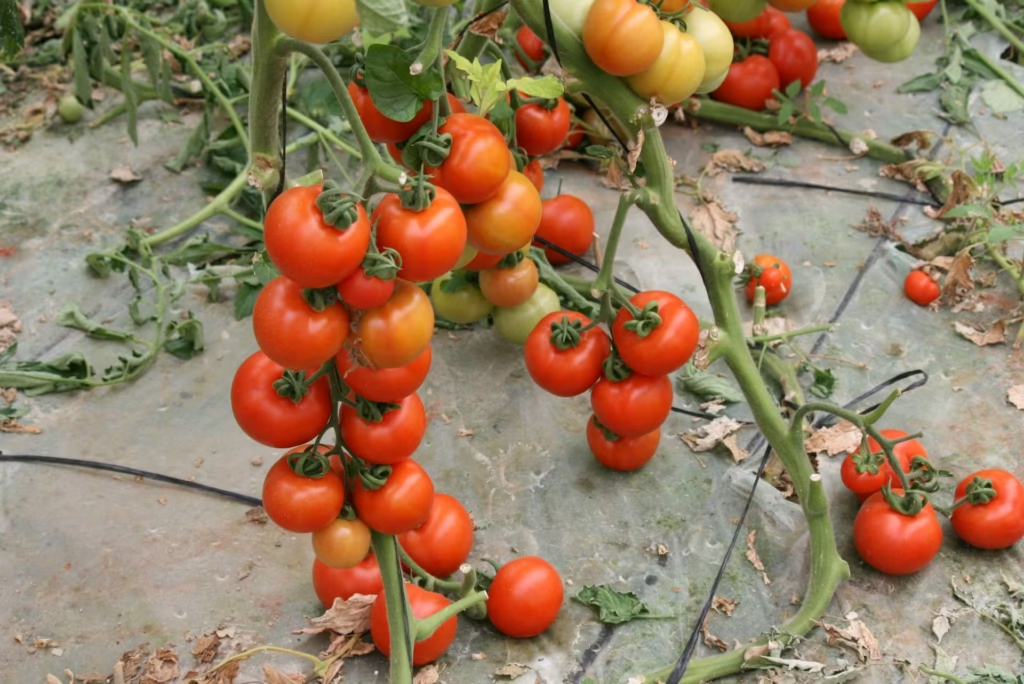
8. Troubleshooting Common Tomato Problems
- Blossom end rot: Caused by calcium deficiency. Keep soil evenly moist.
- Cracked fruit: Caused by inconsistent watering.
- No fruit: May be due to too much nitrogen or lack of pollination.
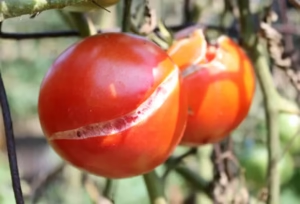
9. Conclusion
Learning how to grow tomatoes doesn’t have to be complicated. With the right variety, proper planting techniques, and consistent care, anyone can enjoy homegrown tomatoes even first-time gardeners.
Whether you have a backyard, patio, or balcony, tomatoes can thrive with enough sun, water, and support. Stick to the basics, stay patient, and your plants will reward you with delicious, garden-fresh fruit.
Ready to get started? Grab a few seedlings and start planting your homegrown tomato harvest is just weeks away!
